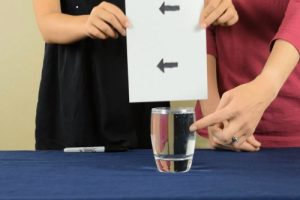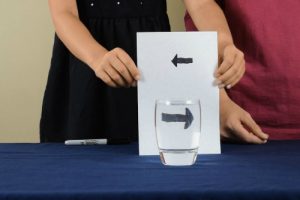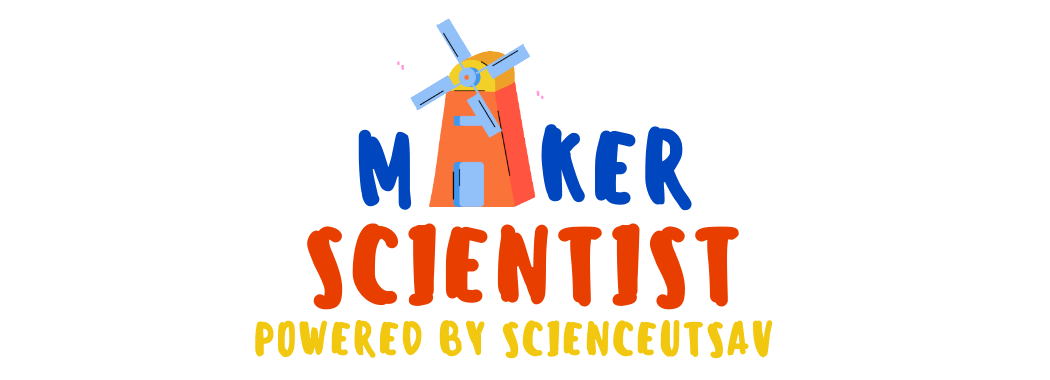-
0. Think like a scientist - Be a Science Spy
-
1. Eyes and Vision - Build a 3D goggles (Explorer)
Learn about your eye and its working
-
2. Mirrors and Rules of Reflection- Design a Periscope (Explorer)
Learn about how light reflects off of a surface and build a DIY periscope using reflection of light
-
3. Persistence of Vision- Thaumatrope (Explorer)
Understand how your brain plays tricks on you and learn how to build a Thaumatrope to learn about persistence of vision
-
4. Light Travel- Halloween Shadow (Explorer)
-
5. Measurement (Explorer) 2D &3D (Explorer)
Understand the importance of Mathematics and Measurement. Learn about dimensions using Fun activities!
- Objectives
- Protected: Engage- Measurement
- Protected: Engage – Importance of measurement
- Protected: Explore- Learn about 1D, 2D and 3D objects
- Elaborate – 1D 2D 3D Objects
- Protected: Explain- 3D objects
- Protected: Explain – The Missing Chocolate
- Protected: Evaluate- Quiz Time
- Protected: Assignment 3D shapes
- Protected: Teachers’ Copy
-
6. Frame of Reference- Ames Room and Magic Arc (Explorer)
Understand how Optical Illusion works and moreover, create your very own Illusion Room by Building an Ames Room!
- Objectives
- Engage – Frame of Reference-workbook
- Protected: Elaborate – Making Ames room
- Protected: Explain – Working of Ames room
- Explore – What do you see?
- Protected: Evaluate- Measurements Worksheet
- Protected: Evaluate- Quiz
- Protected: Assignment- Fun Drawing 3D Hand
- Protected: Assignment-S.I Units
- Protected: Teachers’ Copy
-
7. Motion- Awesome Automata (Explore)
Learn what is motion and how to understand it by building Awesome Automata!
-
8. Simple Machines- Gear Acrobat (Explorer)
Understand what a simple machine is; learn how to build a Gear Acrobat
-
9. Force and Energy- Siege Catapult (Explorer)
Understand what is force; know about Simple Machines and the three types of levers and build a Catapult .
- Objectives
- Engage-Simple machines -Workbook
- Protected: Engage- Laws of Motion?
- Protected: Engage- Understand Force
- Protected: Explore- As Simple as a Machine!
- Protected: Elaborate- Siege Catapult
- Explain- Working of a Catapult
- Evaluate – Quiz on Catapult
- Evaluate – Simple Machines Worksheet
- Assignment – Simple machines
-
10. Patterns- Work with a Spirograph (Explorer)
Explore different kinds of patterns and puzzles to exercise your brain and build a Spirograph!
-
11. Rotation and Revolution of Earth- Equatorial Sundial (Explorer)
Learn how to apply the knowledge of measurement in the real world by building an Equatorial Sundial
-
12. Satellite- Geo-Synchronous Satellite (Explorer)
Understand the basics of how a satellite functions and learn about the natural satellite of our Earth, which is the Moon itself!
-
13. Colorful Science (Inventor)
Learn Science of colors and explore primary and secondary colour changes yourself!
- Objectives
- Protected: Engage – Workbook reading J- Colorful fine
- Protected: Engage- Learn about light
- Protected: Explore – Why do see our world colorful?
- Protected: Explore- Procedure to conduct activity
- Protected: Elaborate – Making Ghost-Scope
- Protected: Explain – Working of Ghost-Scope
- Assignment
- Protected: Evaluate- Assignment 1
- Protected: Evaluate- Quiz on Colours
- Protected: Teachers’ copy
-
14. Fun with Multiple Reflection- Mirror Experiments (Inventor)
Learn about reflection of light and different applications of reflections in real life using some fun Mirror Experiments!
- Objectives
- Protected: Engage- Multiple reflection
- Protected: Explore- Mirror writing
- Protected: Elaborate – Making a prototype of mirror maze
- Explain – Image formation
- Protected: Evaluate- Quiz on Reflection
- Protected: Evaluate- Assignment- Multiple reflection
- Evaluate- Assignment- symmetry
- Protected: Teachers’ Copy
-
15. Design a Wheeloscope (Inventor)
Design a multi scope and Build a STEM Project- Wheeloscope
-
16. Light Vision and Colors (Inventor)
Understand what light is and how it travels; learn how our eyes actually work
-
17. International Time Dial (Inventor)
Discover various time zones which are spread all across the globe and learn how to read them!
-
18. Be a cartographer (Inventor)
Learn the Science behind creation of maps and learn how to make one for yourself!
- Objectives
- Protected: Evaluate- Assignment-1
- Protected: Engage – Understand importance of Mathematics
- Explore- Learn how to use maps
- Workbook- Cartography
- Protected: Elaborate – Learn to make Maps
- Protected: Explain – Importance of making maps
- Protected: Evaluate- Quiz on Cartography
- Protected: Evaluate- Assignment – Draw a map
- Protected: Teachers’ Copy
-
19. Know your World Map (Inventor)
Understand how to study a geographical map and learn how to use it in real life using STEM Projects!
- Objectives
- Protected: Engage- Understand Importance of latitude and longitude
- Protected: Explore- Understand latitude and longitude
- Explore GPS- Global Positioning System
- Explore GIS – Geographic Information System
- Protected: Explore- Treasure hunt with map
- Protected: Evaluate- Quiz on maps
- Assignment-1
- Assignment-2
- Protected: Teachers’ Copy
-
20. Electricity- Heart of all Energies (Inventor)
Learn about electricityUnderstand what electricity is and how a circuit is formed!
- Objectives
- Protected: Engage – Understand Circuits Trip Alarm workbook
- Explore- Home Appliances
- Protected: Explore – Build a simple circuit TinkerCad
- Protected: Explain – Series and Parallel Circuit TinkerCad
- Protected: Evaluate- Quiz on Electricity
- Protected: Assignment-1 Explore with TinkerCad
- Protected: Teachers’ Copy
- Assignment- Positive n negative charges
-
21. Electricity and Simple Machines - Know More (Inventor)
Test your understanding on electricity and simple machines
- Objectives
- Protected: Engage Concept map – Simple Machine
- Protected: Explain – Machines and Us
- Protected: Important links – Future tech videos
- Protected: Share your learning about the topic
- Protected: Evaluate Quiz- Electricity part-2
- Protected: Assignment – Simple machines
- Protected: Teachers’ Copy
- Assignment
-
22. Design a Spy machine- Morse Code (Inventor)
Understand a completely new mode of communication- The Morse Code itself! Learn how to build a STEM based Morse Code Prototype!
-
24. Application of Simple Machines- Trip Alarm (Inventor)
Understand how to apply simple machines in real lide by building the STEM Project- Trip Alarm to fortify your defense!
Explore – Inverted Arrow
The Inverted Arrow
Is this a magic trick? Well, the results of this experiment are pretty surprising! You could use this trick to fool someone. A great spy needs to have a few tricks up his sleeve!
Kids (and adults) will stare in amazement and scratch their heads wondering what causes the arrow in this experiment to change direction right before their eyes!
Exploring refraction couldn’t be easier or more fun. Preview the experiment with our demonstration video below and find an easy-to-understand explanation of how it works below.
Procedure:
- Get a sheet of paper and draw two arrows on it. One arrow near the top and one arrow near the bottom. Make the arrows point in the same direction.
- Fill a glass with water.
- Slowly lower the piece of paper behind the glass of water

- Look through the glass of water and watch what happens

How Does It Work?
- The scientific concept that is at work in this experiment is called refraction. Refraction is the bending of light.
- Refraction occurs when light travels from one medium to another (ie. air to water, water to air)
- During the experiment, the light traveled from the image through the air, then through the glass cup into the water, and finally out of the glass cup and into the air once more before it reached our eyes.
- Light refracts as it passes from one medium to the next because it travels at different speeds through those mediums. Light travels fastest through the air, a little slower through water, and even slower through glass
- This means that the light bends once when it travels through the glass cup into the water, and then it bends again when it travels out of the glass cup and into the air.
- As a result, the light paths cross and the image appears to be flipped horizontally (left/right).
